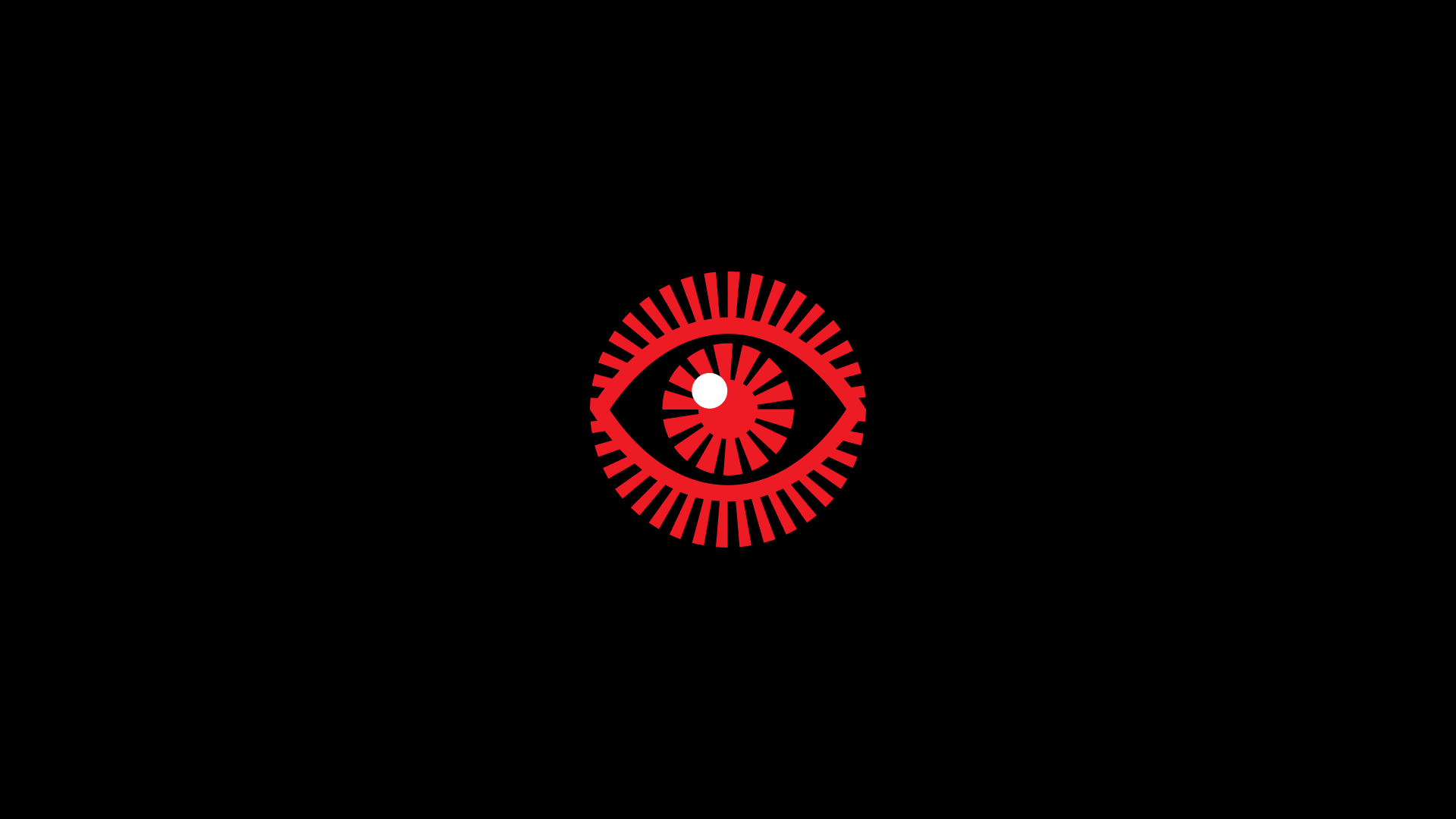Traditional roadmaps originated in the early 1900s as motorist aids. The first roadmaps listed instructions: how to get from one town to another, where to find gasoline, and where to find a repair shop. Today, many of us use roadmaps routinely, even though nowadays, they’ve become digital.
In 1987, Motorola introduced the term “technology-roadmap process” to produce and document product strategies that met market needs. In the early 1990s, road mapping grew popular among hardware and software companies to plan and communicate upcoming work. Since then, roadmaps have fallen in and out of popularity. Regardless, the same need has persisted — a way to align, prioritize, and communicate product strategy and future work to team members and stakeholders.
A UX roadmap should act as a single source of truth representing your UX team’s North Star. It helps your designers, researchers, developers, and stakeholders align around a single vision and set of priorities.
You’re doing it wrong if you take your company’s feature wishlist and apply it to a specific timeline in a tidy Excel spreadsheet. A UX roadmap is not a release plan but a strategic document. It should be a single source of truth amongst designers, researchers, developers, and stakeholders to define, organize, prioritize, and then communicate future work toward your UX team’s vision.
Roadmap Structure and Primary Components
Roadmaps can take several tangible forms, such as organized lists, spreadsheets, slide decks, high-fidelity visualizations, sticky note walls, or even a mix of media.

Thus, not all roadmaps look alike. However, regardless of visual appearance, all UX roadmaps generally share the same fundamental structure — they are organized by context (scope and time) and theme. Think of this structure as the scaffolding for your roadmap:
- The context dimension frames the meaning and use of your roadmap so it can be fully understood by anyone who reads it.
- Scope gives the artifact an owner and purpose and has several components:
- Title: The product or portfolio team the roadmap will be used by (likely a mix of researchers, designers, and potentially developers)
- Roadmap owner: The team (or person) who created the roadmap (i.e., to whom should a question about the roadmap be directed?)
- Date: When the roadmap was created or last updated
- High-level goals (or vision): A broad company (or organization) strategy that the roadmap works towards
- Time provides the roadmap with a timeframe and includes 3 horizons:
- Now: UX work (research or design) that is in progress and will be completed immediately; this work is well-defined and more specific
- Next: Near-future work
- Future: UX works 6 or more months away (Themes in this horizon are most likely to change and ambiguous.)
- Scope gives the artifact an owner and purpose and has several components:
- The theme dimension represents future UX work, including areas of focus, initiatives, or problems to be solved, and is plugged into a corresponding time horizon depending on when the work will be completed.

